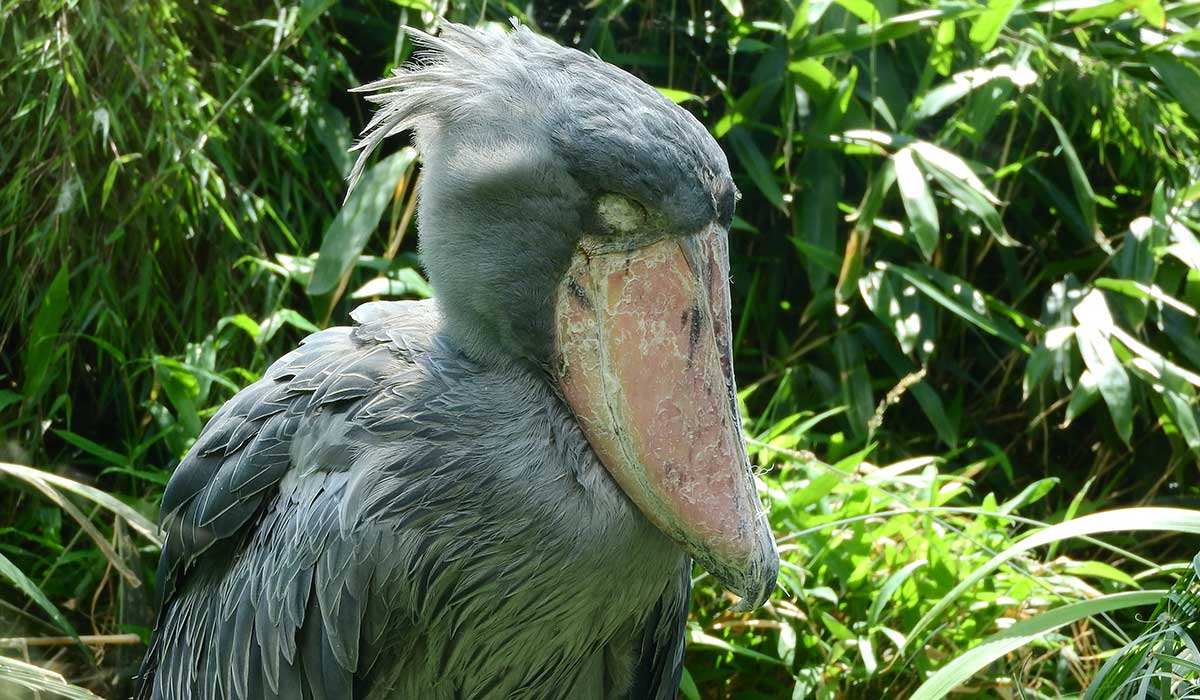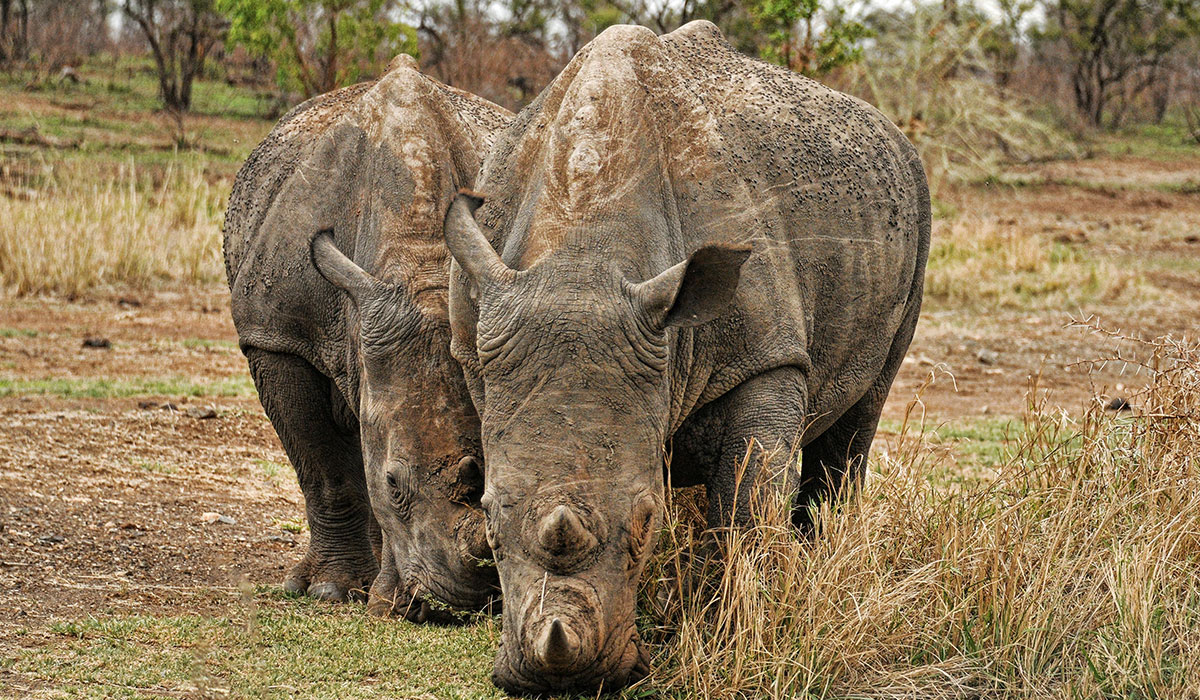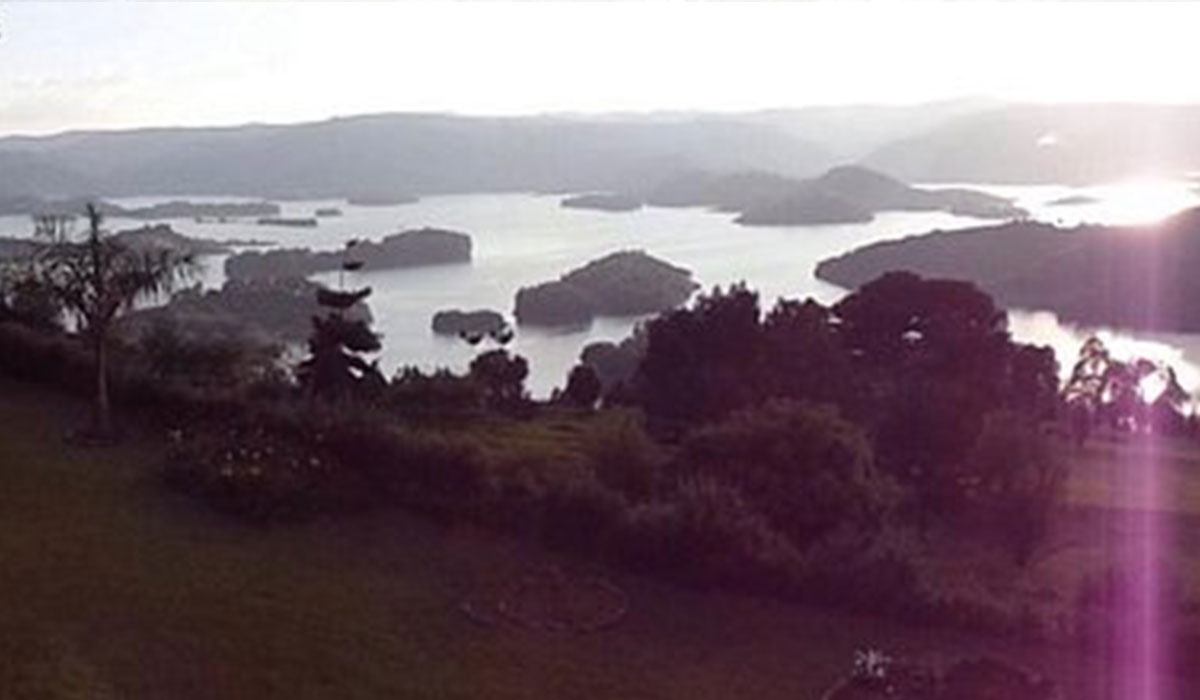Ziwa Rhino Sanctuary is located in Nakasongola district, northwestern Uganda, near the Nakitomo village in…

Mabamba Swamp Bay is located west of Entebbe on the northern shores of Lake Victoria in a small village called Kasenje in Wakiso District, covering 2424 hectares. The name Mabamba was adopted from lungfish referred to as mamba in the local language. Mabamba Swamp is most popular for the rare shoebills and has over 300 other bird species that it hosts, making it a good spot for birdwatching. The Mabamba Swamp was listed by the Ramsar international site in 2006 because of the rare bird species found there, making it an important bird area with papyrus and good vegetation like that of Lake Victoria.
The sanctuary has the four threatened bird species that include blue swallows, white-winged warblers, papyrus gonoleks, and shoebill storks. The swamp is reached using both road transport and water transport; by road, drive from Kampala, passing through Entebbe to the Kisubi area, then branch to Nakawuka town and finally Kasenje village, preceding to Mabamba Swamp.
By water, you use a speedboat hired from either the waterfront beach or the Entebbe Sailing Club, taking 40 minutes to the swamp.
Birds found in Mabamba Swamp.
Brown Parrot, Blue-headed Cuckoo, Blue-headed Coucal, Blue-cheeked Bee-eater, Blue Swallow, Blue-headed Coucal, Blue-breasted Bee-eater, Black-winged Stilt, Black-headed Weavers, Black-headed Heron, Black-faced Rufous Warbler, Black-crowned Waxbill, Black-crowned Night Heron,and Black-headed Weavers. Black-headed Gonolek, Black-headed Gonolek, Black Egret, Black Crake, Banded Martin, Ashy Flycatcher, Angola Swallows, shoebill storks, papyrus Gonolek, and white-winged warbler.
Other animals
- Butterflies: The swamp is home to over 200 species, such as Bicyclus sebetus, Acraea consanguine, Acraea aganice, and Achaea aurivilli.
- Fish: lungfish, tilapia, Nile perch, mudfish
- Water snakes, tortoises, spiders, and lizards
Activities carried on in Mabamba Swamp.
Shoebill canoe tours. The visitors sail on the swamps searching for fascinating shoebills, learning about their way of living with the help of a guide. The shoebills feed on the fish, insects, and frogs in the waterlogged areas. In addition, other bird species are also viewed, like herons, pygmy geese, and malachite kingfishers.
Watching butterflies. The swamp hosts over 200 species, such as Abisaraneavei, Acraea aganice, and Acraea aurivili, and as you enjoy birding, the butterflies are viewed as well, hence making the trip more exciting.
Fishing. The swamp has muddy waters, papyrus, and reeds and gets clear water from Lake Victoria that makes fishing possible. This is the main economic activity practiced by the locals, where fish like mudfish, tilapia, Nile perch, and lungfish are caught. The tourists can also engage in the activity using the locally made equipment that is the hooks and rods.
Canoeing. The tourists use the canoe boat to visit the nearby islands on Lake Victoria, take bird tours, and fish on them.
Village walks. There are settlements outside the swamp that have fishing stalls and craft shops where you can buy souvenirs and learn about their lifestyle.
Spotting the sitatungas. These are swamp antelope, rare creatures viewed while moving through the papyrus reeds. There are few because of poaching in the community and the government enforcing restrictions so as to conserve them.


